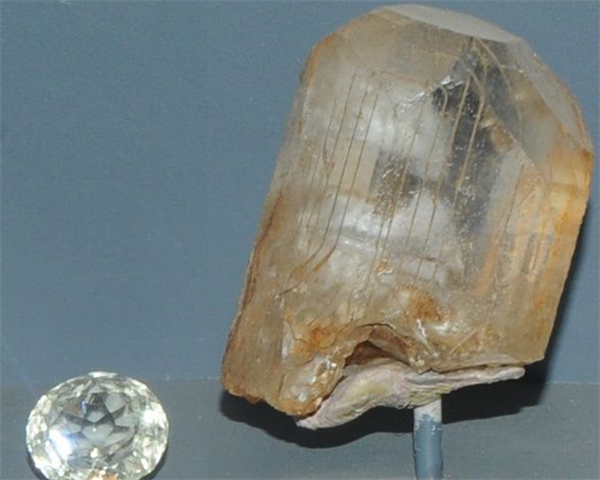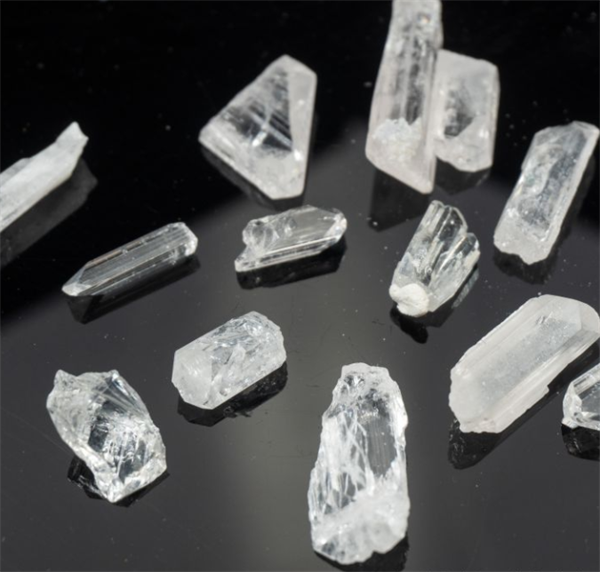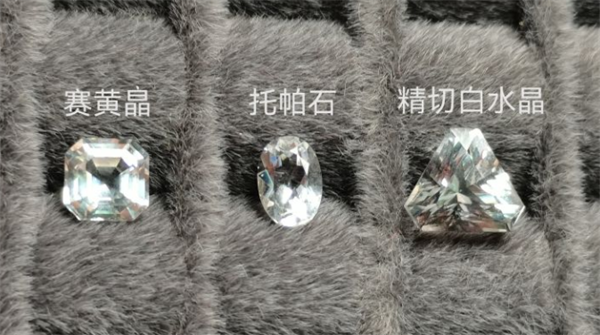As a gem material with high plasticity in the eyes of gem craftsmen, citrine is a frequent visitor to fancy gem cutting.
In the beginning he was known as "Diamond Substitute" for his collection of high quality gemless crystals. Citrine may not be the brightest. But it is also one of the colorless gems used to "replace" diamonds.
In the last few years, Citrine has become a very high-grade plastic product for jewelers, and the citrine line exemplifies the title "replacement diamond" and appears in the eyes of jewelers as her own.
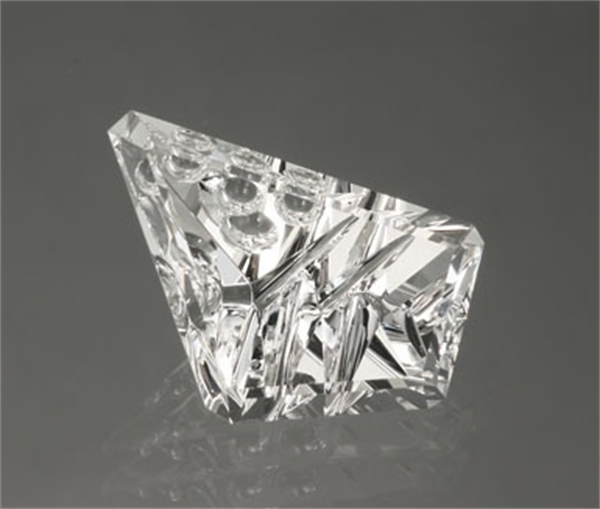
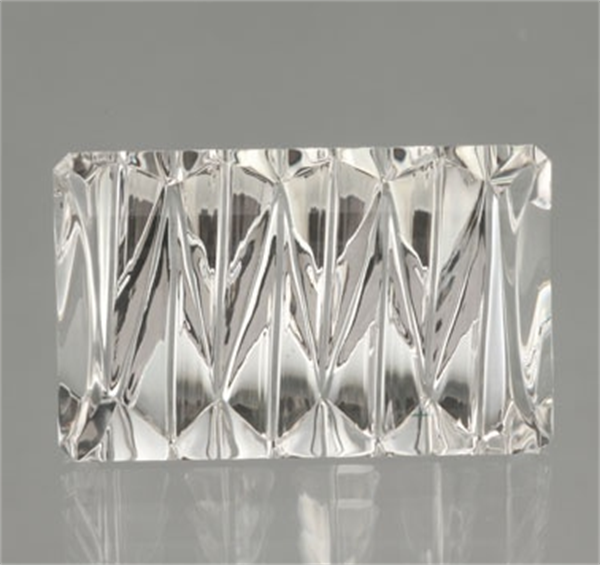
Most of the lenses on the market today are from Mexico, especially from Chacas in San Luis Potosi. Other sapphires are found in Bolivia, as well as in Myanmar, Japan, Madagascar and Russia.
If Cycitrine is a minority, Not the main stream; It is a colorless gem. The following are the colorless gems most commonly used in jewelry settings. Sort by market value: colorless diamonds; White sapphires; White oysters and white crystals
Both are colorless gems. Besides the production How do climate requirements affect value differently?
(1) Diamonds are the brightest and strongest diamonds.
Lighting Index-2.417
Spread-0.044
Mohs hardness: 10 (the strongest in nature)
Relative Density-352
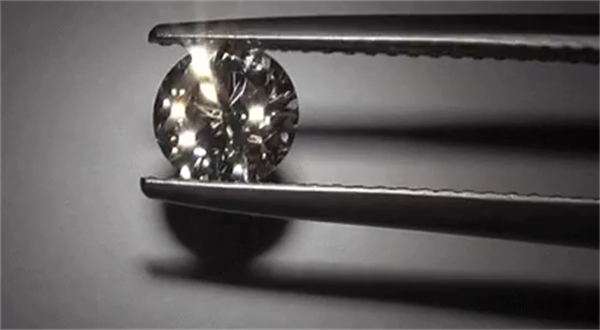
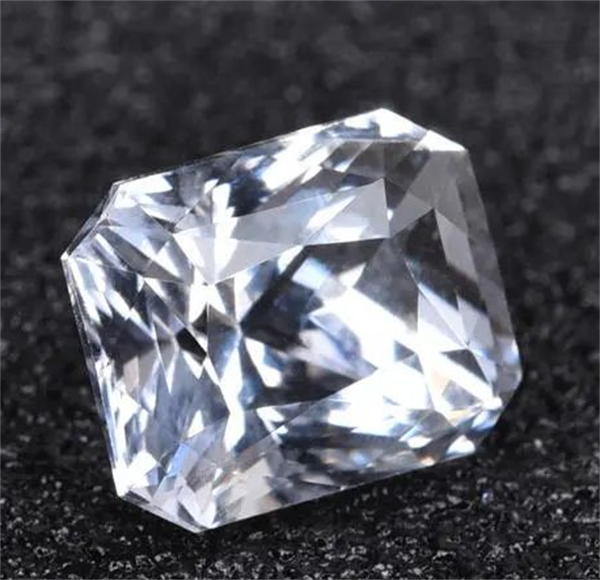
(2) White Sapphire: High hardness, medium fire.
Refractive index: 1.76 to 1.78
Distribution: 0.018 (low)
Mohs hardness: 9
Relative density: 3.99 ~ 4.00
(3) white topaz Passed the hardness test, the fire is normal.
Index of refraction: 1.61 to 1.64
Variance: 0.014 (Low)
Mohs hardness: 8
Relative density: 3.50 to 3.60
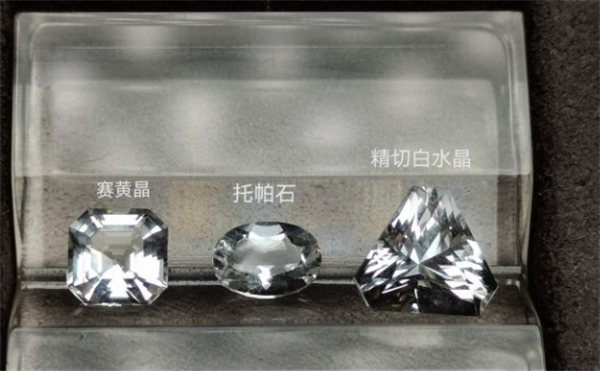
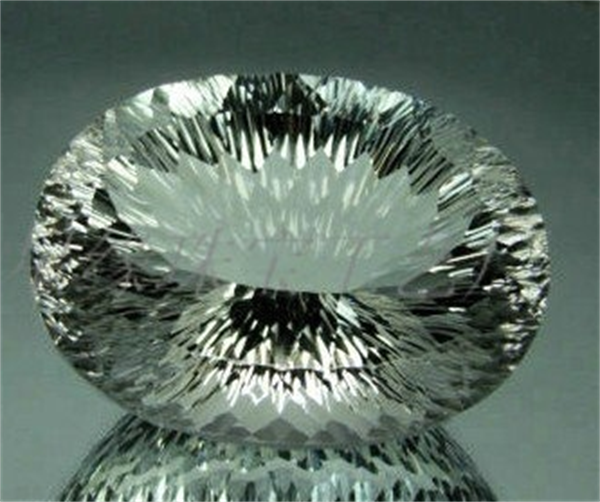
(4) White crystals: hard friction edges, weak light.
Refractive index: 1.544 to 1.553
Mohs hardness: 7
Relative density: 2.66
Post time: Jul-07-2022

